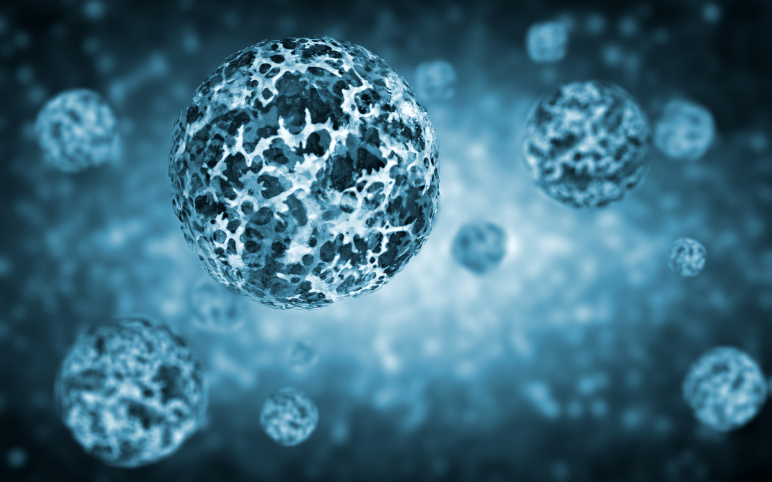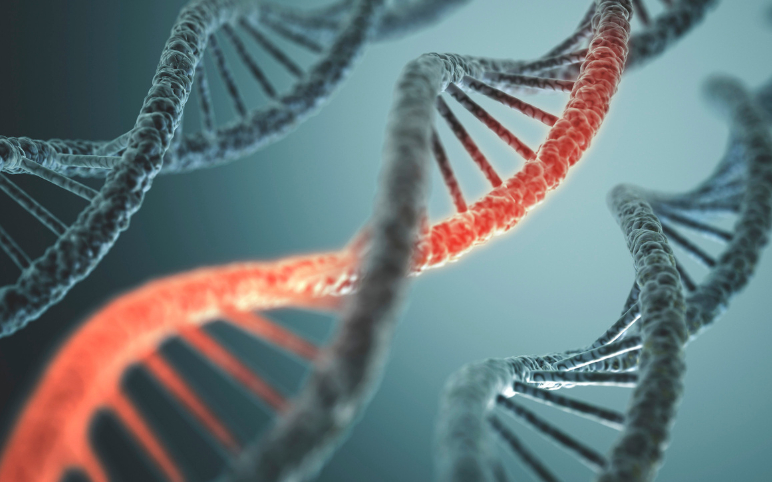The researchers announced that they had edited human embryos to repair a damaged gene that can lead to heart failure, but critics raised their eyebrows.
Now, new evidence confirms that the gene editing was successful, said by reproductive and developmental biologist Shoukhrat Mitalipov of Oregon Health & Science University in Portland, and colleagues report in “Nature” that all of the conclusions were basically right.
But authors of two critiques published in the same issue of Nature that they still aren’t happy.
Mitalipov and colleagues used the molecular scissors CRISPR/Cas9 to cut a faulty version of a gene called MYBPC3 in sperm. People often develop heart failure who inherit this version of the gene. Cutting the gene lets cells to fix the problem by replacing wrong instructions in the gene with correct information.
The researchers have given the correct information in the form of small foreign pieces of DNA, but the embryos overlooked that repair template. Instead, Mitalipov and colleagues apprised that embryos used a healthy version of the gene on the maternal’s chromosome to fix the error. That action is called gene conversion.
Gene conversion typically occurs when reproductive, or germline, cells swap DNA before making eggs and sperm. So it was completely not expected to figure that kind of repair happening in embryos.
If human embryos do overlook foreign bits of DNA that could be a problem for fixing genetic diseases that lead to when both parents pass on damaged versions of a gene. In that scenario, there would be no healthy version of the gene to copy and paste.
But Thomas and colleagues suggest that Mitalipov’s group may not have detected gene conversion at all. And the large chunks may have been cut out of the chromosome, which will be containing the faulty version of the gene and not replaced. This way it could make it look like gene conversion had happened, bamboozling researchers that they had made a repair.
Mitalipov’s group used a technique called polymerase chain reaction, or PCR, to confirm that they had repaired the faulty copy of the gene. PCR has photocopied stretches of the repaired gene for analysis. The team found that only the maternal’s version of the gene was in the edited embryos. That resulted in a conclusion that gene conversion had copied the maternal version of the gene onto the father’s chromosome.
However, the researchers weren’t able to take a closer look at the gene, they can’t be assured of gene conversion. Cutting out a portion of the father’s gene would lead to only the mother’s version to be copied during PCR. That might give the conclusion that the father’s gene was converted to the maternal form when that piece of DNA is missing from the father’s gene.
Such large DNA deletions were common in experiments with mice, but Mitalipov and colleagues didn’t report this regarding evidence that DNA portions were deleted from the human embryos.
The rock solid evidence of gene correction was missing from Mitalipov’s original report as told by Maria Jasin, a developmental biologist at Memorial Sloan Kettering Cancer Center in New York City. Jasin, a co-author on the other critique said that the new report gives more convincing data, but eyebrows were still raised.
Though there is an optimism that scientists will be able to repair broken genes in human embryos, researchers aren’t there yet as said by Jasin and Thomas.
Lastly, given all the things that might go wrong with gene editing, such as accidentally creating mutations, there’s no room for uncertainty about whether the technique will work or not, it has to be 100 percent confident, and for that, there is still a long way.



